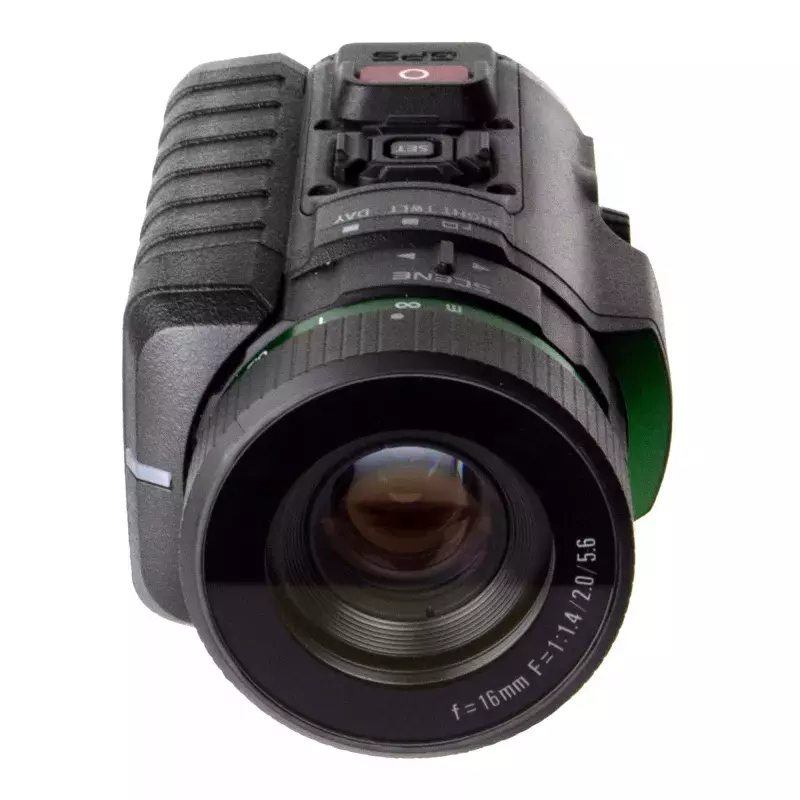

The trigger time and shutter speed is how long it takes for the sensors to detect an animal and for the camera to start shooting. Things to look out for in a wildlife camera Wildlife camera trigger time and shutter speed Wildlife cameras need to work in all sorts of weather, so aim for an IP rating of 55 and above. Waterproofing goes from 1-9, with 9 being completely waterproof, and 5 being weatherproof. Dustproofing goes from 1-6, with 6 being completely dustproof. IP65, the first digit says how dustproof the equipment is, and the second how waterproof it is. Usually written as the abbreviation followed by two numbers, e.g. Wildlife camera IP RatingĪn ingress protection (IP) rating is a measure weatherproofing in electrical equipment. However, this high-frequency IR affects the picture quality, so images may look a little blurry. This means their glow is only detectable if you look directly at their LEDs, so no animals are scared away. No-glow cameras have a higher IR frequency than lo-glow cameras. The downside is that lo-glow cameras give off a gentle but detectable red glow that could warn animals away before they get to trigger the camera. This achieves a similar effect to a bright camera flash without scaring the animals. To fix this, ‘lo-glow’ cameras have IR (infrared) LEDs (light emitting diodes), which illuminate the animals with invisible, low-frequency IR light. However, they can't illuminate the animals with a bright flash as this might stun or scare them.

Wildlife cameras are often used for images of nocturnal animals. The most unfamiliar bit of wildlife camera jargon is ‘lo-glow’ or ‘no-glow’. The number of sensors also informs the detection range - the wider the angle on the PIR sensors, the more is detected and therefore recorded. The best cameras have many PIR sensors at different angles across the field of view, to capture animals at the periphery of the camera. They monitor the background temperature of foliage, and if an animal steps in front of the foliage, the temperature difference between the animal and the background triggers the camera to wake up and start recording. Passive infrared (PIR) sensors are how wildlife cameras work. Jargon busting Wildlife camera PIR sensors With the help of some fantastic insight from our colleagues at Radio Times’ terrific tech testing team, we get into the weeds below. You don’t want to splurge on a camera you’ll only use a few times a year, but nor should you skimp on your camera if you have a real passion for wildlife photography. Like any product, the picture is further complicated by budget and how often you’ll use the camera.

These cameras are complicated tech, so there’s lots of jargon and many features to consider. However, it has no remote access or app and the IP rating is only 54, which is just about weatherproof but could be better.īuy the LTL Acorn 5210A 12MP Wildlife Camera at CJ Widlife How do I choose a wildlife camera?
#Nocturn camera password
One great security feature is password protection, so your footage can’t be seen by anyone who happens upon the camera. It shoots stills, video, timelapse, motion detection, and hybrid footage, and also records sound. Photos are stamped with the temperature in both Fahrenheit and Celsius, the time, date and even the moon phase, which is interesting to see how moonlight affects nocturnal behaviour. It has an adequate trigger time of 0.8s, and its lo-glow flash is effective to 20 metres. It only needs 4 AA batteries, but also has capacity for 8 AA batteries in if you need more power.

This trail camera has a short 20m detection range and 52° field of view, but it has three PIR sensors with a total range of 100°, so it’s good for detecting a lot of action over a small area.


 0 kommentar(er)
0 kommentar(er)
